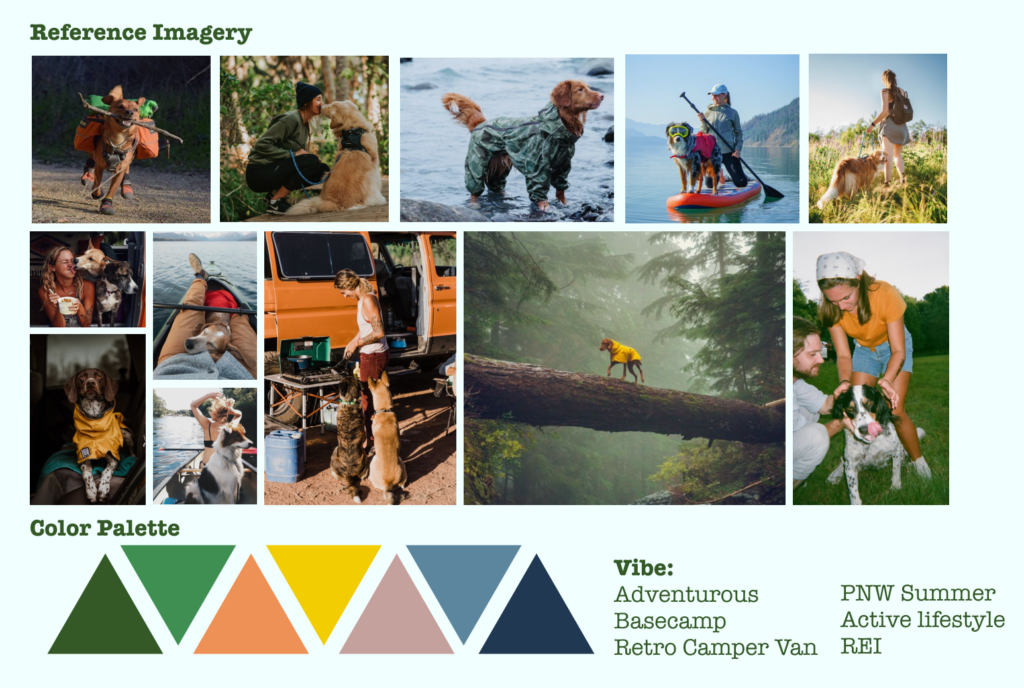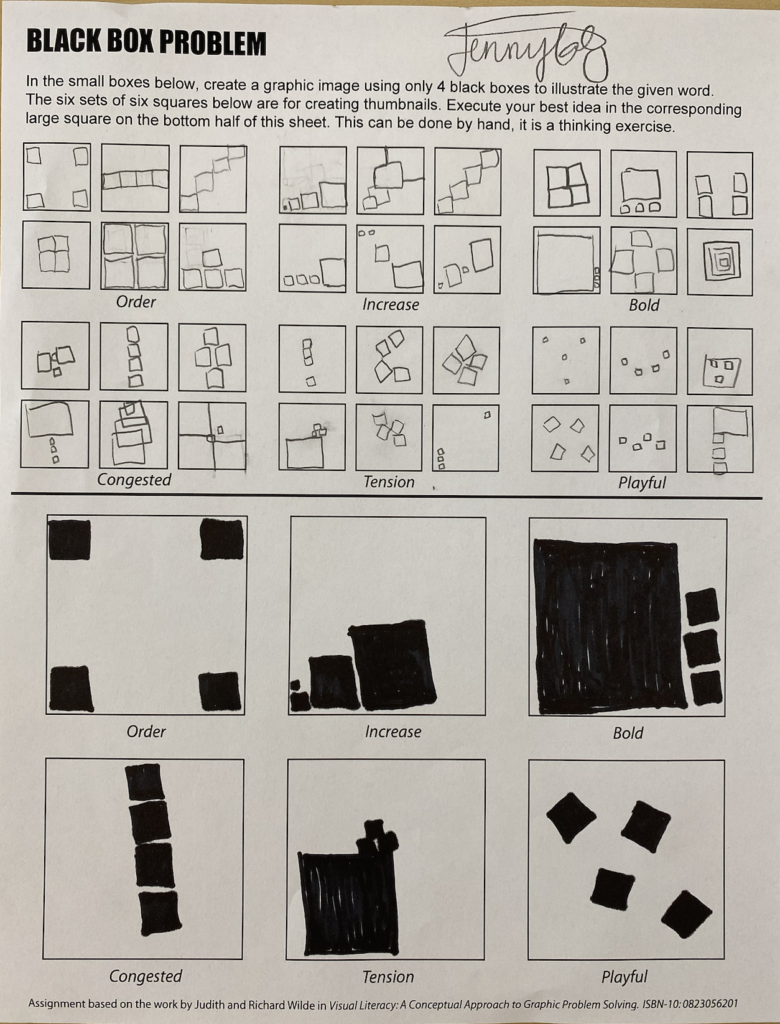“Freedom to Express, Freedom to Explore, Freedom from Expectation”
Concept- Wes Anderson Inspired live action digital shorts.

Freedom to Express
“Freedom to Express” unfolds in a quaint, pastel-colored town square. The square is a perfect symmetry of eclectic buildings, each adorned with whimsical signs and retro facades. A diverse group of townsfolk, each with distinct, quirky outfits, gathers around a makeshift stage. The scene is bathed in a warm, nostalgic glow, enhanced by the symmetrical framing and meticulous attention to detail. Every character, from a bespectacled poet to a flamboyant accordion player, steps up to the stage to share their art, their voices blending into a harmonious cacophony. The camera captures this with a series of meticulously timed, symmetrical wide shots and intimate close-ups, emphasizing the individuality and collective spirit of unrestrained expression.

Freedom to Explore
In a stop-motion segment “Freedom to Explore” follows a young woman as she embarks on a journey through a meticulously designed diorama world. The narrative begins in her vintage apartment, filled with maps and travel gadgets. With a flick of a map, she sets off, and the camera follows her in a series of symmetrical, lateral tracking shots through a variety of handcrafted landscapes: a dense, miniature forest teeming with quirky, stop-motion wildlife, a sprawling desert made of sandpaper and tiny cacti, and quaint, bustling villages with dollhouse-like charm. Each scene is accompanied by a whimsical score and narrated in a deadpan, yet charming manner, highlighting the women’s growth and discoveries in a world where every detail is thoughtfully designed to evoke a sense of wonder and adventure.

Freedom from Expectation
This scene is depicted through a meticulously composed shot of a solitary figure standing at the edge of a cliff, overlooking a vast, stylized sea. The figure, dressed in a simple yet distinct outfit, is surrounded by neatly arranged, symbolic items representing past obligations: a perfectly stacked pile of books, a typewriter, a pair of spectacles. The background is a breathtaking horizon painted in soft, pastel hues, with the sun setting in perfect symmetry. The camera slowly zooms in, capturing the serene, contemplative expression on the figure’s face as a gentle breeze rustles their hair. The scene is accompanied by a poignant, whimsical soundtrack, encapsulating the moment of release from societal pressures and personal expectations, inviting the viewer to embrace a life defined by simplicity and self-fulfillment.





